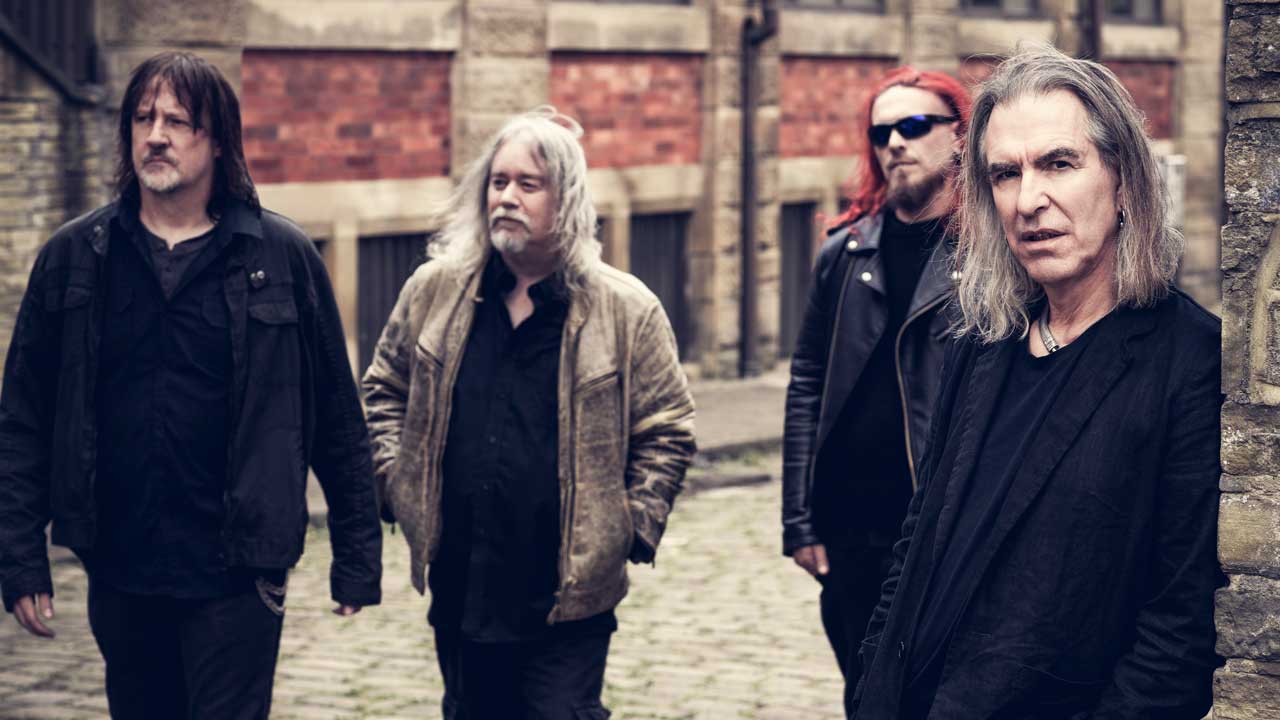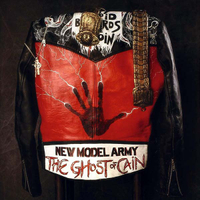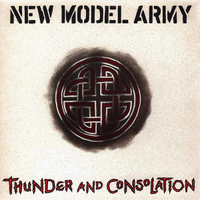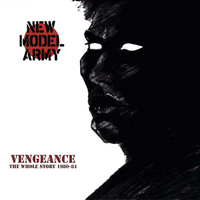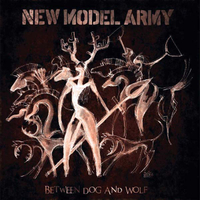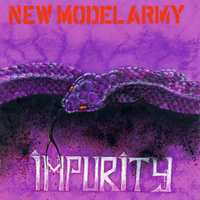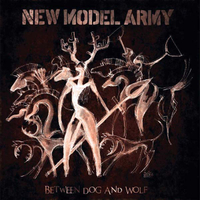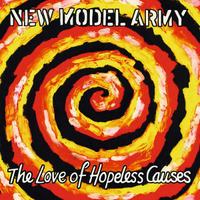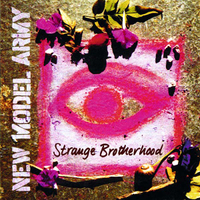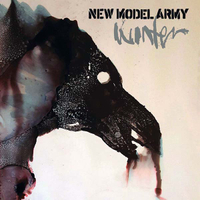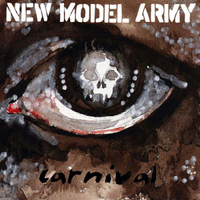New Model Army were once introduced on 80s TV show The Tube as “the ugliest band in the world”. It wasn’t meant as a compliment, although host Jools Holland had a point – with his broken teeth, scowl and general air of aggro, singer Justin Sullivan wasn’t going to win any beauty pageants.
Still, the description suited the trio. Based in unfashionable Bradford, New Model Army were the polar opposite of everything the yuppie-fied 80s had to offer – they were clog-wearing, dole-queue refugees, more likely to be found on CND marches or playing free festivals than sipping champagne and knocking back oysters in a trendy London restaurant.
Their sound was certainly primitive and direct, defined as much by the huge bass of original four-stringer Stuart Morrow as it was rock’s traditional guitar bluster. Sullivan called himself Slade The Leveller, partly in homage to a group of 13th-century Cornish insurgents, and NMA didn’t write songs so much as broadsides, taking aim at everything from Margaret Thatcher’s government to the claustrophobic mentality that turned provincial towns of Britain into battlegrounds.
They were once refused work permits by the US authorities, who said their music had “no artistic merit” – a view largely shared by the UK press, who mocked them as musical Luddites. Their fans begged to differ – the devotion NMA inspired among their followers was impressive even by the standards of the pre-internet 80s.
They’ve never shaken off that ‘Luddite’ tag, even though it misses the depth in their music. Sullivan may be a malcontent, but 1989 anthem Green And Grey is as powerful a song about wanting to escape a small town as anything Bruce Springsteen has written. Sullivan’s upbringing as a Quaker informs his work, his stridency camouflaging doubt at every turn.
Today, the singer remains the sole remaining original member of New Model Army. The band has had its share of tribulations, from the departure and death of longtime drummer Robert Heaton to the fire that destroyed the band’s studio in 200. Throughout, they’ve continued unabated and relevant, with I Did Nothing Wrong, from upcoming album Unbroken, addressing the appalling injustices of the UK Post Office Horizon scandal. The album arrives on January 26.
A few years ago, Sullivan was asked if he thought his band were a national treasure. “I’d rather be a national disgrace,” he snarled back. On that front, New Model Army continue to do an admirable job.

...and one to avoid
You can trust Louder Our experienced team has worked for some of the biggest brands in music. From testing headphones to reviewing albums, our experts aim to create reviews you can trust. Find out more about how we review.
